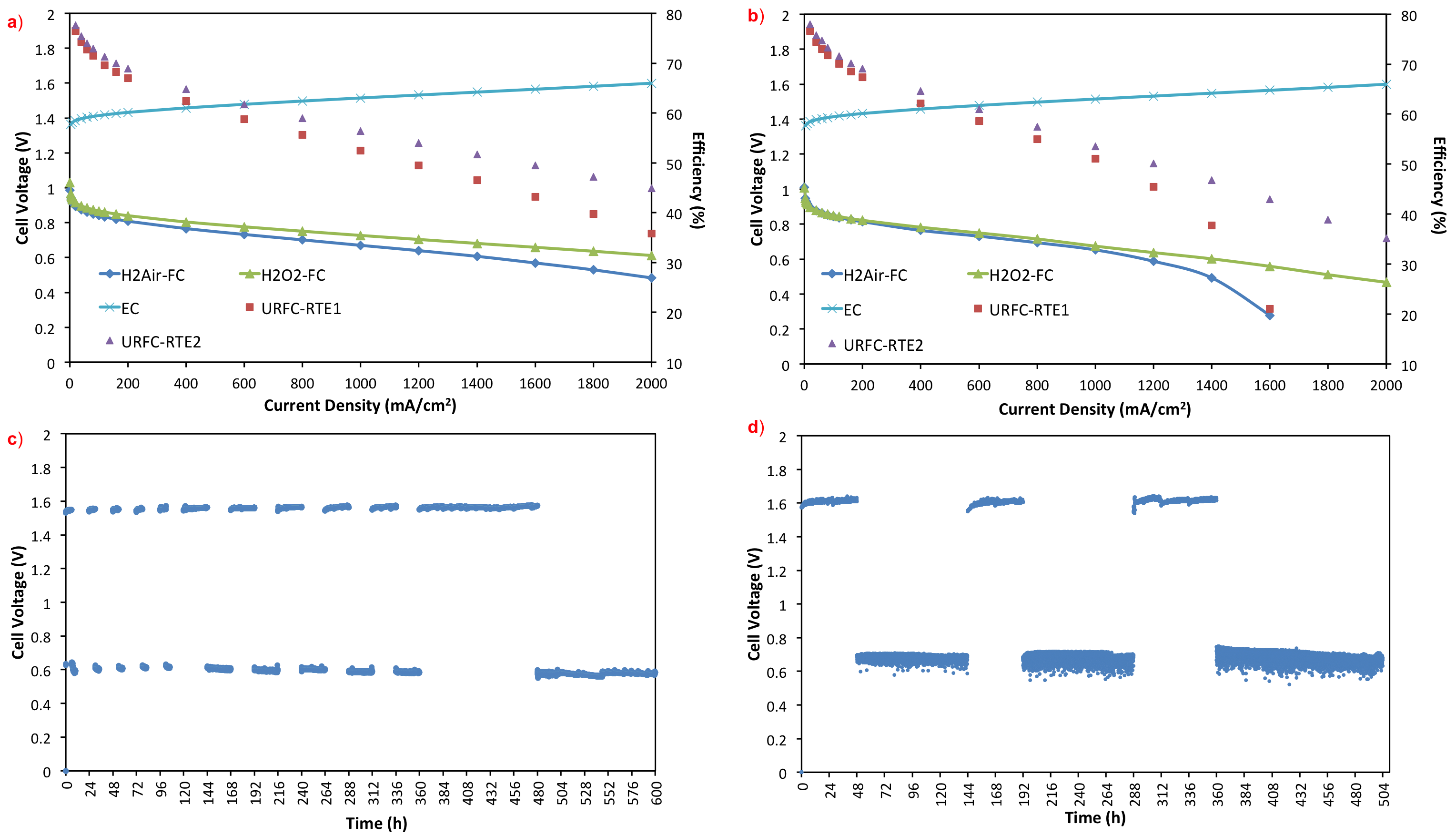(301d) Highly Efficient and Stable Unitized Regenerative Fuel Cells (URFCs) for Long-Term Energy Storage and Conversion
AIChE Annual Meeting
2020
2020 Virtual AIChE Annual Meeting
Engineering Sciences and Fundamentals
Electrochemical Fundamentals: Faculty Candidate Session I
Monday, November 16, 2020 - 8:30am to 8:45am
The unitized regenerative fuel cell (URFC) has been proposed as a promising electrochemical device for intermittent renewable energies storage and conversion. However, the widespread application has been hindered due to low round trip efficiencies (RTEs) and disappointing durability, in particular at high current densities. One of the main challenges to bring the URFC into practical applications comes from the employment of bi-functional electrodes for URFCs operation due to the combination of fuel cell and electrolyzer in one unitized device, which could bring constraints in designing electrodes to efficiently support half reactions for both fuel cell and electrolyzer. Therefore, it is urgent to develop high active and stable bi-functional electrode to support the efficient and durable operation URFCs.
Here, we demonstrate a design of bi-functional electrode by using commercially available Pt and Ir black catalyst for PEM-URFCs that significantly improved round-trip efficiency and durability of PEM-URFCs compared to the literature. An optimized Pt&Ir black electrode could achieve 56% and 53% of RTEs under CE and CG mode of operation at 1 A cm-2, respectively, and continuous operation with negligible degradation under both CE and CG mode for over 500 h (Figure 1). The results demonstrate the viability of applying URFCs for long-term energy storage at previously unattainable efficiencies, and cast new light on electrode design and optimization of URFCs.
